1994 was a weird year for Street Fighter. The game had dominated the arcades for upwards of 3 years to become a pop culture phenomenon, which meant it was only a matter of time before movies were made in its honor. While most remember the disastrously entertaining live-action film starring Jean-Claude Van Damme, fewer remember the animated movie which came out the same year.
Arguably superior by every standard, the animated movie hit all the right marks and duplicated the feel of Street Fighter, provided you could overlook the preposterous story. Here are 10 things you may not have known about this classic animated hit, so slip on those gloves, and let's get to this!
10 IT WAS SUPPOSED TO BE A THEATRICAL RELEASE
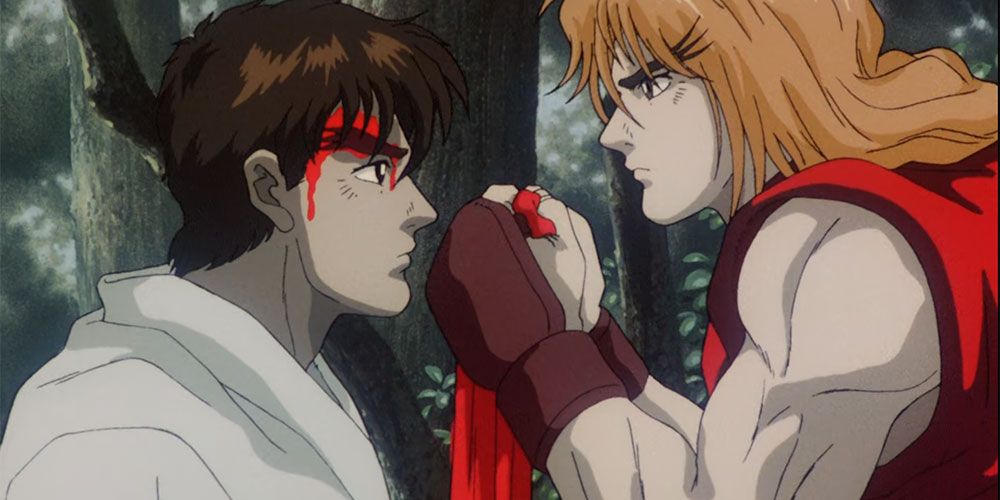
According to Capcom, the animated movie was supposed to hit theaters in its English dubbed format, but plans were scrapped in favor of a straight-to-video release. It would have been quite something to witness the film in theaters, but it seems Capcom got cold feet.
Part of the reason might involve licensing or distribution issues related to the live-action Street Fighter film that was due to release in the same year. Surely this would have caused a ton of confusion and possibly hampered the success of the much larger-budget Jean-Claude Van Damme film.
9 IT WOULD SERVE AS INSPIRATION FOR STREET FIGHTER ALPHA
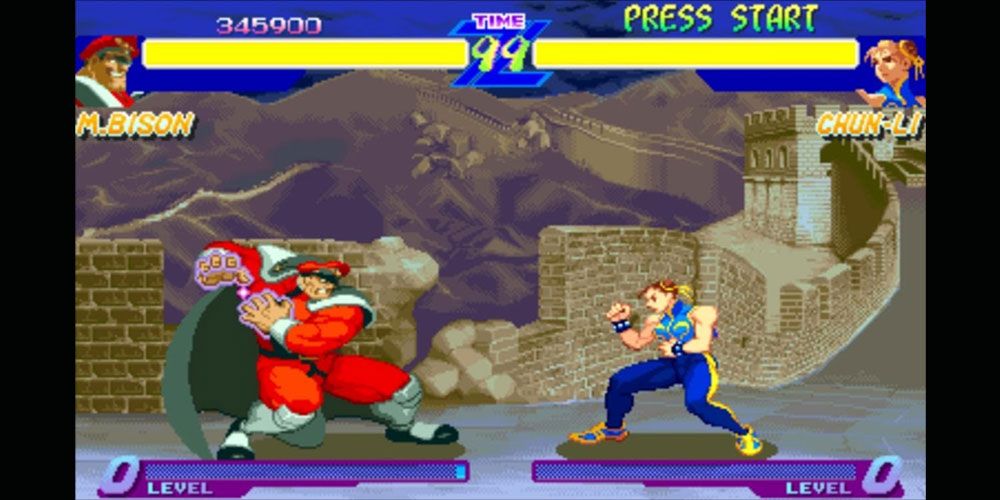
Many underestimate the impact that the animated film had on the Street Fighter game franchise. In fact, it was highly instrumental in the creation and shaping of the Street Fighter Alpha franchise, which debuted just a year later in 1995. It would lift several elements and character designs from the film for re-purposing in Street Fighter games.
In fact, the film's iconic tag team of Ryu and Ken vs. Bison is available as an actual fight in the first Street Fighter Alpha game as a 2-player option, while Street Fighter Alpha 3 would duplicate a key plot point from the film.
8 IT GAVE A SHOUT-OUT TO EDWARD PRESSMAN
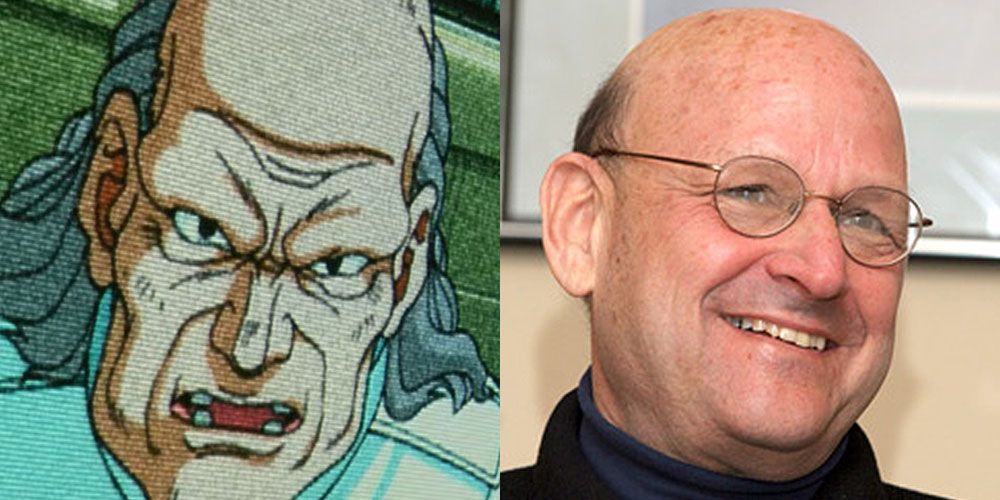
In the film, Bison's creepy little underling mentions their "master" Ed Pressman, an incumbent U.S. President seemingly in cahoots with the evil Shadowlaw organization. If Pressman is assassinated, Shadowlaw will be forced to fight the American government - apparently an unappealing prospect for Bison.
Edward Pressman is an actual famous movie producer who worked on the 1994 Street Fighter live-action film, as well as his like Das Boot, Conan the Barbarian and The Crow, among many others. The animated movie gives a shout-out to the real-life Pressman.
7 EVEN AKUMA MAKES A CAMEO
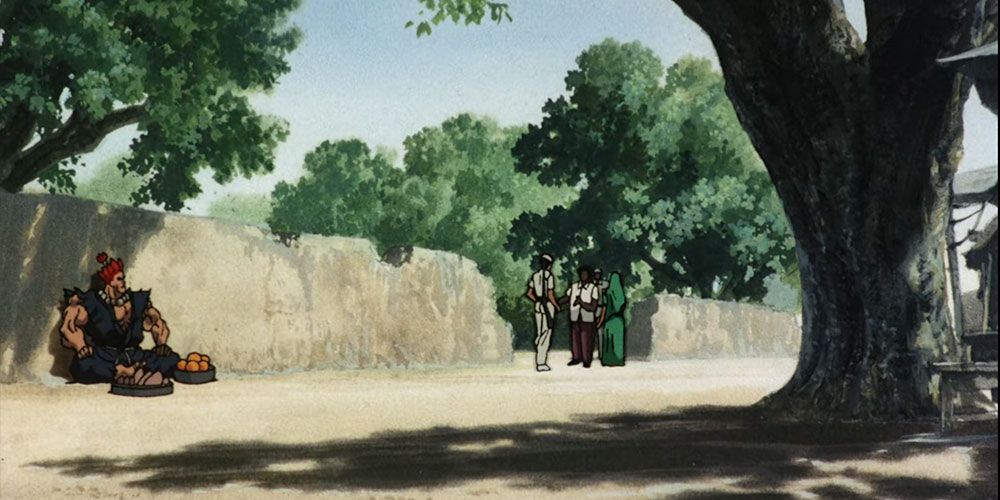
Eagle-eyed Street Fighter fans caught it, but many might have missed Akuma's cameo during the scene in Calcutta. A pan shot shows Akuma sitting on the ground, apparently selling fruit while garbed in his karate uniform.
It certainly made no sense from the point of view of Akuma's character, but it was a nice "Where's Waldo" moment for Street Fighter fans quick enough to catch it.
6 GUILE GETS SHORT-CHANGED
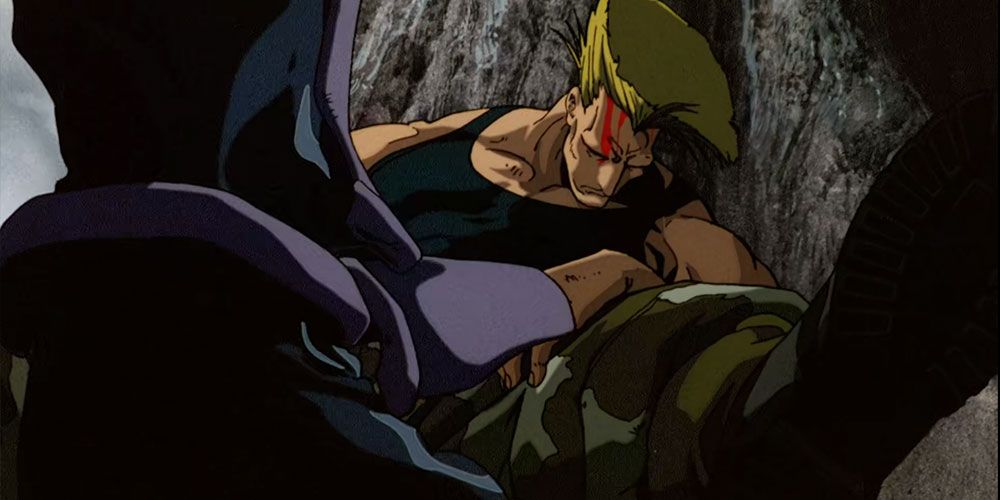
While most of the World Warriors get in on the action, it's Guile who really serves no purpose rather than to create exposition. Throughout the film, he never really engages in anything resembling a fight; the closest being a kick from Deejay, which Guile quickly blocks.
When Guile comes face-to-face with Bison in the final scene of the film, he's pitifully out-matched, scoring not even a single hit on his opponent before Bison teleports him down the side of a cliff. Everywhere else, Guile either arrives too late to fight or not at all.
5 IT INFLUENCED AN ENTIRE ANIME SERIES

One would be forgiven for thinking that Street Fighter II: V was a prequel series to the animated film, but it's actually an entirely new take on the source material. The series follows the adventures of Ryu and Ken as they grow from two idiotic knuckleheads into focused, capable fighters who train for a fateful battle against Bison and his notorious Psycho-Power. It's an interesting take on the Street Fighter formula, even if it takes heavy liberties with the source material.
Many of the character designs migrated to the anime series, and some of the voice actors even return for another go, but this is a stand-alone series with no connection to the film. However, the animated movie was certainly the catalyst for the creation of the series.
4 THE NUDE SHOWER SCENE CAUSED A STIR
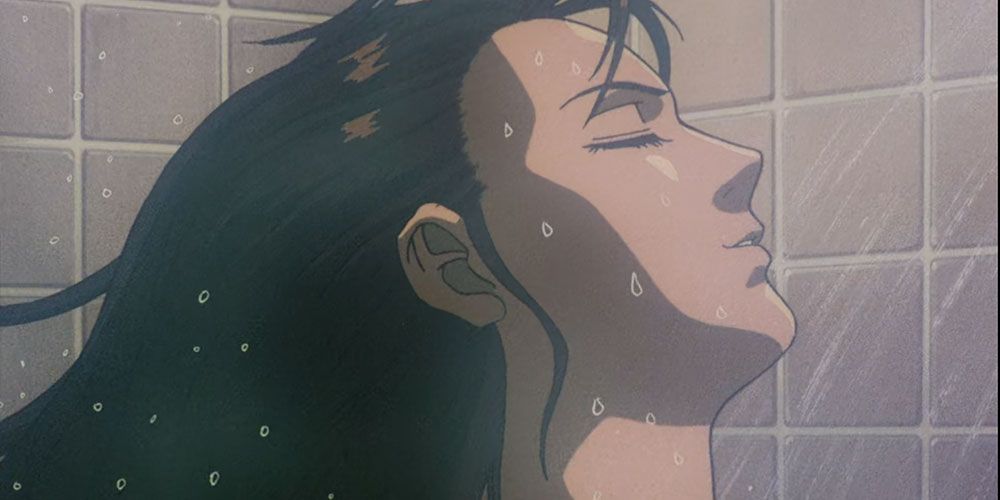
Hyperactive 14-year old fanboys were already over the moon about a Street Fighter animated movie, and once they got their hands on one (courtesy of Manga Entertainment), you could be certain the neighborhood kids poured in to watch it.
Imagine their disappointment at a nixed scene involving a full-frontal nude Chun Li taking a shower? The Japanese version left it intact, but American audiences were denied the eye candy until much later when a special edition DVD reinstated it. Did it contribute anything to the movie? No, but it certainly irked a lot of excited teenagers!
3 THE DOSSIERS ARE INCORRECT IN THE U.S. VERSION
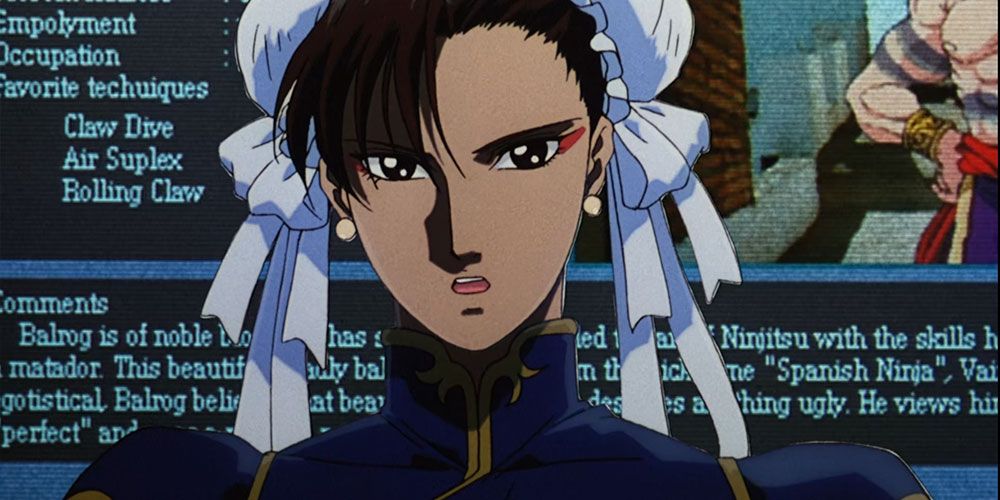
During an early scene in the film, Chun-Li runs down a list of the film's notorious Grand Masters, including Sagat, Vega, and Balrog. If you look closely, you'll notice that the names for some characters are mixed up, due to localization issues. In Japan, Vega is named Balrog, Balrog is named Bison, and Bison is named Vega.
To compensate for this issue, editors made a few adjustments for the character names but neglected to fiddle with the comments section of their dossiers, where their Japanese names remain.
2 BRYAN CRANSTON VOICED FEI LONG
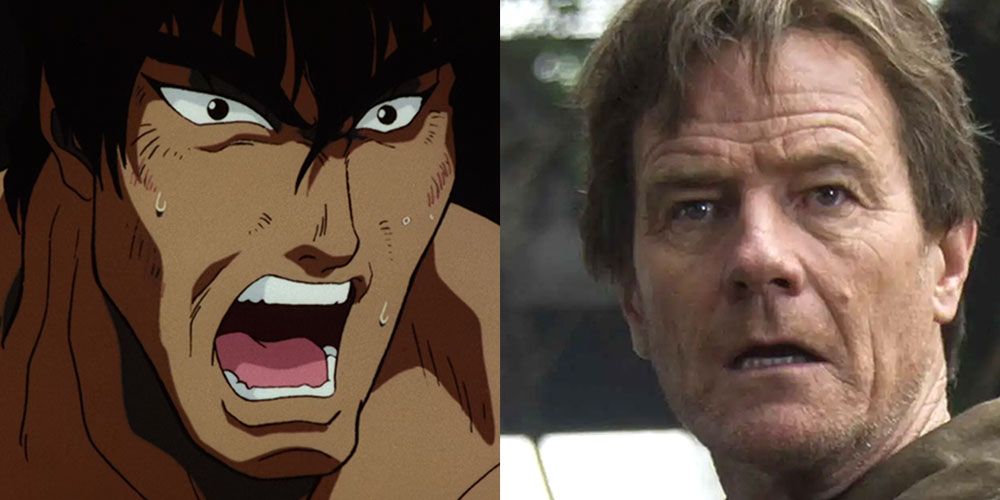
Yes, that's right! You aren't seeing things! Actor extraordinaire Bryan Cranston lent his voice acting talents to the English dub of Street Fighter II for the character of Fei Long, who gets unceremoniously whooped by Ryu near the start of the film. It's easier to accept when you listen to the English dialogue and compare it to Cranston's work during the 1990s, specifically his stint on Seinfeld.
Interestingly, Cranston's name is not listed in the credits at the end of the film. Instead, he went by the name Phil Williams, apparently having something to do with voice actor union legalities. Cranston's IMDB page does indeed list Street Fighter II as an acting credit on his filmography, so we're not making this one up!
1 THE U.S. VERSION HAD A BETTER SOUNDTRACK
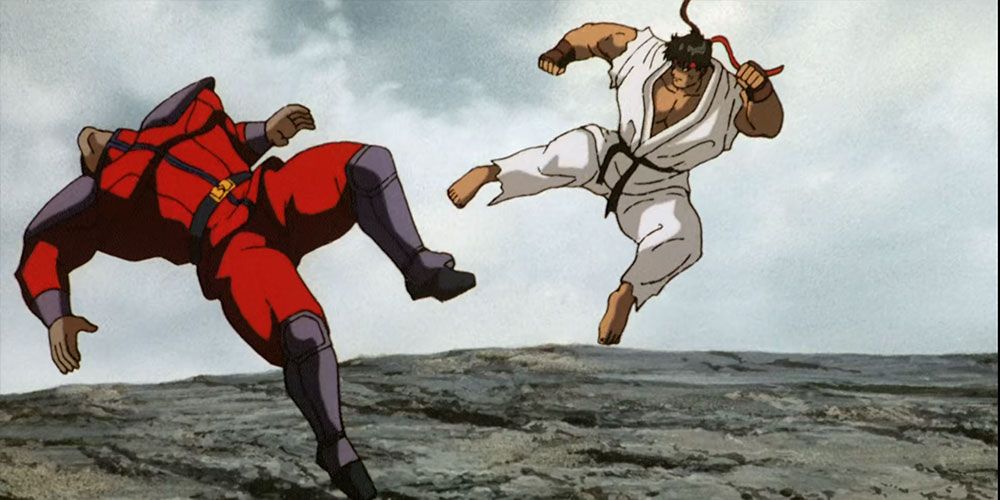
While Japanese audiences may prefer the original soundtrack, U.S. audiences would no doubt have found the music jarring, to say the least. To compensate, the movie was filled with a much darker, grittier selection of intense orchestral arrangements. The difference is most noticeable during the final battle scene where Ryu and Ken square off against Bison.
In addition, the U.S. version featured memorable hits from iconic rock and metal acts like Silverchair, Alice In Chains and KMFDM. Combined, the artist selections and original compositions easily outmatch the Japanese version in terms of impact and emotion.
from ScreenRant - Feed https://ift.tt/2IZyaRD





No comments: